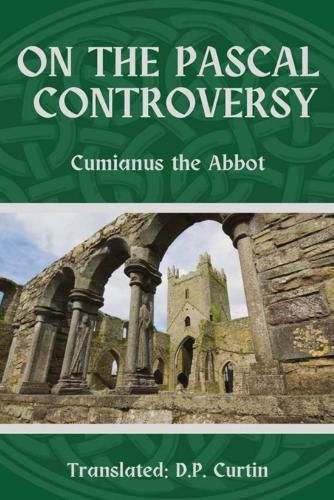Readings Newsletter
Become a Readings Member to make your shopping experience even easier.
Sign in or sign up for free!
You’re not far away from qualifying for FREE standard shipping within Australia
You’ve qualified for FREE standard shipping within Australia
The cart is loading…






This title is printed to order. This book may have been self-published. If so, we cannot guarantee the quality of the content. In the main most books will have gone through the editing process however some may not. We therefore suggest that you be aware of this before ordering this book. If in doubt check either the author or publisher’s details as we are unable to accept any returns unless they are faulty. Please contact us if you have any questions.
This is one of the few surviving works of Cumianus, the Irish abbot, who lived during the height of Celtic monasticism in the 8th century. His work here relates directly to the question of Easter, namely its dating in relationship to the Latin calendar. This had become a point of friction with both the See of Canterbury and with the Papal Curia, which would come to a head in a few decades with the culmination of the Synod of Whitby.
$9.00 standard shipping within Australia
FREE standard shipping within Australia for orders over $100.00
Express & International shipping calculated at checkout
This title is printed to order. This book may have been self-published. If so, we cannot guarantee the quality of the content. In the main most books will have gone through the editing process however some may not. We therefore suggest that you be aware of this before ordering this book. If in doubt check either the author or publisher’s details as we are unable to accept any returns unless they are faulty. Please contact us if you have any questions.
This is one of the few surviving works of Cumianus, the Irish abbot, who lived during the height of Celtic monasticism in the 8th century. His work here relates directly to the question of Easter, namely its dating in relationship to the Latin calendar. This had become a point of friction with both the See of Canterbury and with the Papal Curia, which would come to a head in a few decades with the culmination of the Synod of Whitby.